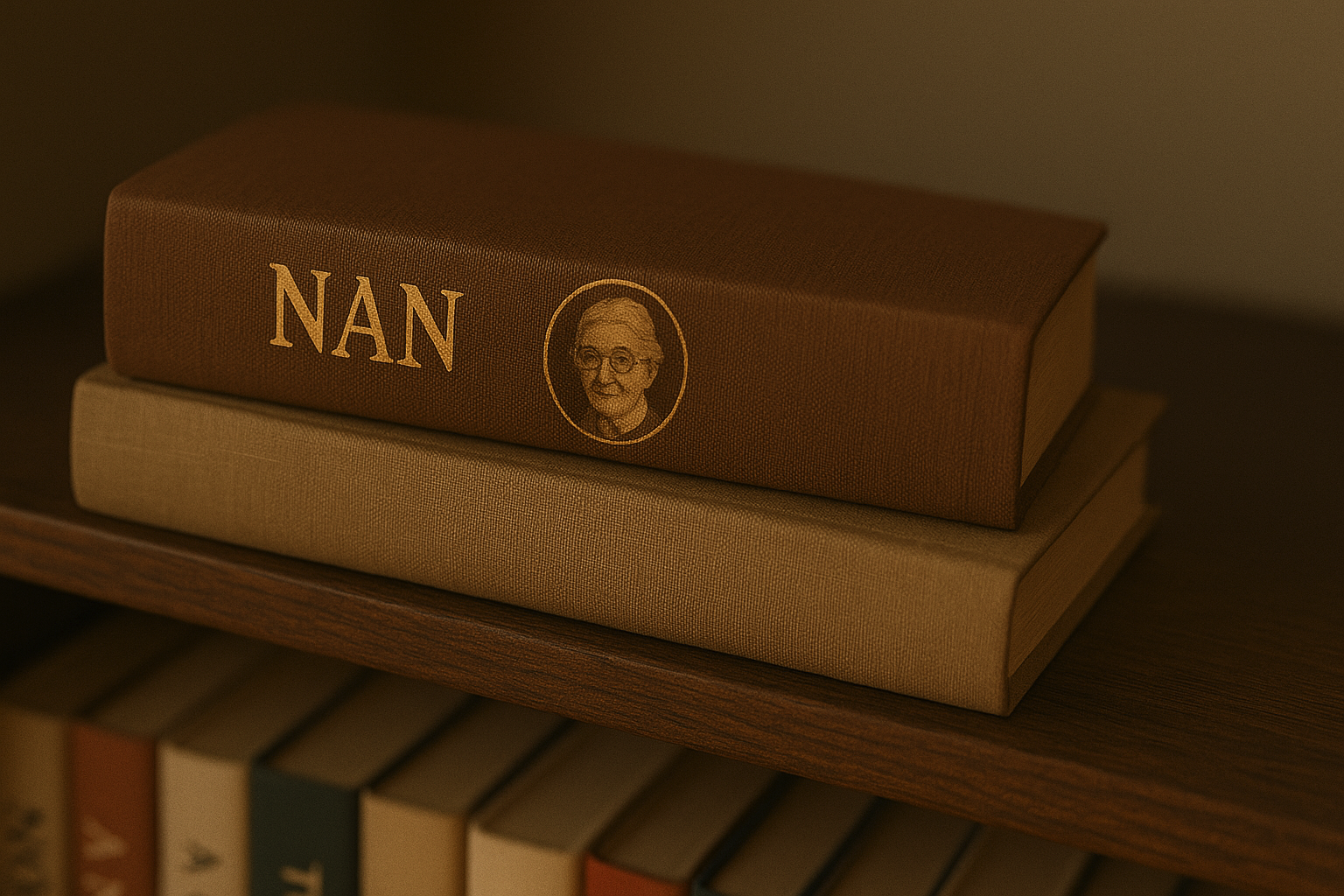Moving beyond a Book
by si on May 29, 2025
Why you need to be digital first if you really want to preserve memories.

When my grandad got his first PC, he built a wooden cabinet to house it. He’d type shopping lists in Word before printing them out. The job wasn’t finished until it was on paper and in his hand in the supermarket. If it isn’t printed - physical - then it isn’t real.
Books feel safe. Solid. Trustworthy. Not to mention significant. They carry weight—literally and emotionally. So when we want to preserve something precious, we often turn to print. It's not going to crash, get hacked or get accidentally deleted. And it's always going to be readable - if you can walk over to it and pick it up.
If it doesn't happen to be on your shelf then it's out of reach. As families become more spread out, this becomes more likely. One person becomes the custodian of the legacy and they'd better not lose it.
That's not the biggest drawback. When a memory is the cheeky style of you're grandmother’s laugh or grandfather's wry smile, the book has to defer to digital. Only digital can hold voices, movement, new memories. Digital is unavoidable, the question is how do you handle it?
Firstly, by sharing copies. Whether by email, messaging, a thumb-drive, cloud storage. The more copies in different places the safer the memory is. A little like the philosophy of DNA itself, persistence via continuous copying and expanding over time.
Ultimately, you have to take ownership of your memory files. And that means making sure you know what's in them: the people, the context, the whole narrative. They have to be in a form that can be picked up and understood by future generations.
That’s why I’m making MemoryJam—a simple way to record, preserve and remix family memories in a purely digital form: audio, video, images, and words. Easy to share. Easy to grow.
Like photos, if you wanted to print a collection of memories, there's nothing stopping you. But it's an offshoot, not the final word.